A Week in the Bush Vol. 558
on Jul 30, 2025During the winter months, many animals rely heavily on the limited water sources available. Herbivores are especially vulnerable to predators when approaching the water's edge. Yet, this natural vulnerability often results in remarkable scenes, as a diverse array of species gather at these vital spots. Drinking side by side, they form temporary alliances where shared vigilance enhances their chances of survival.
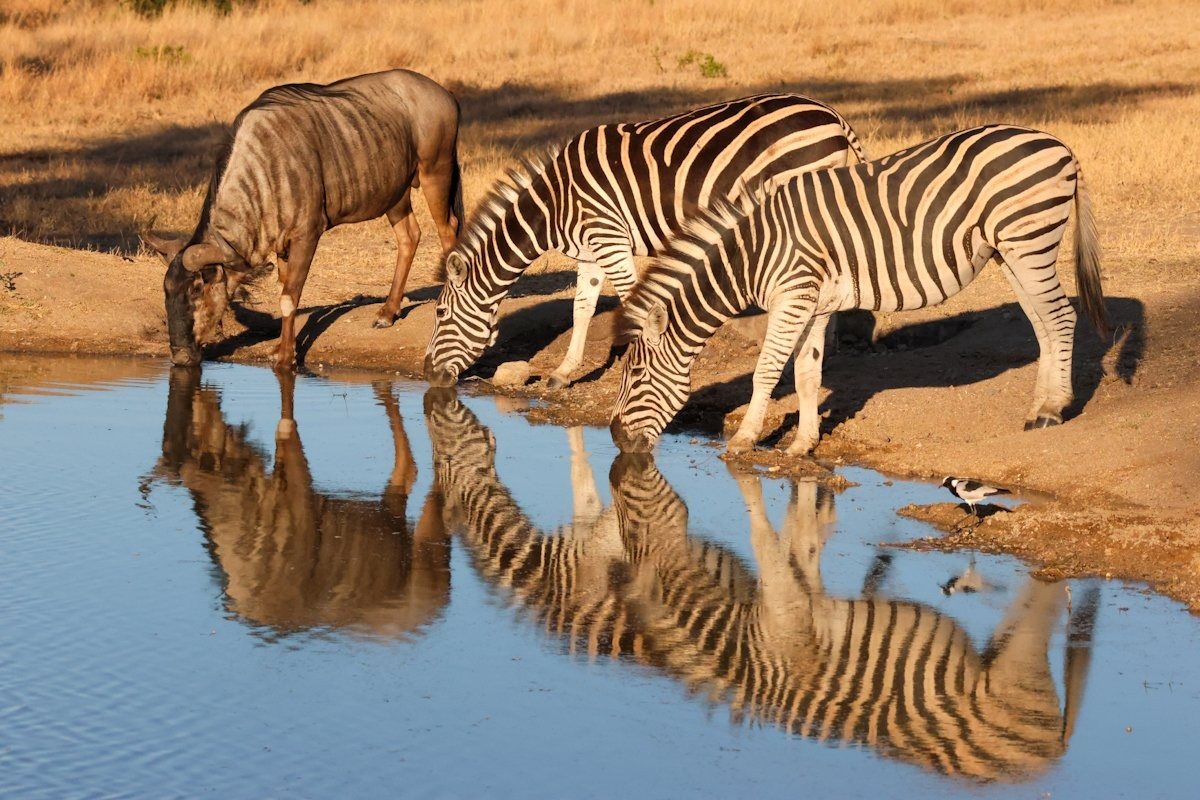
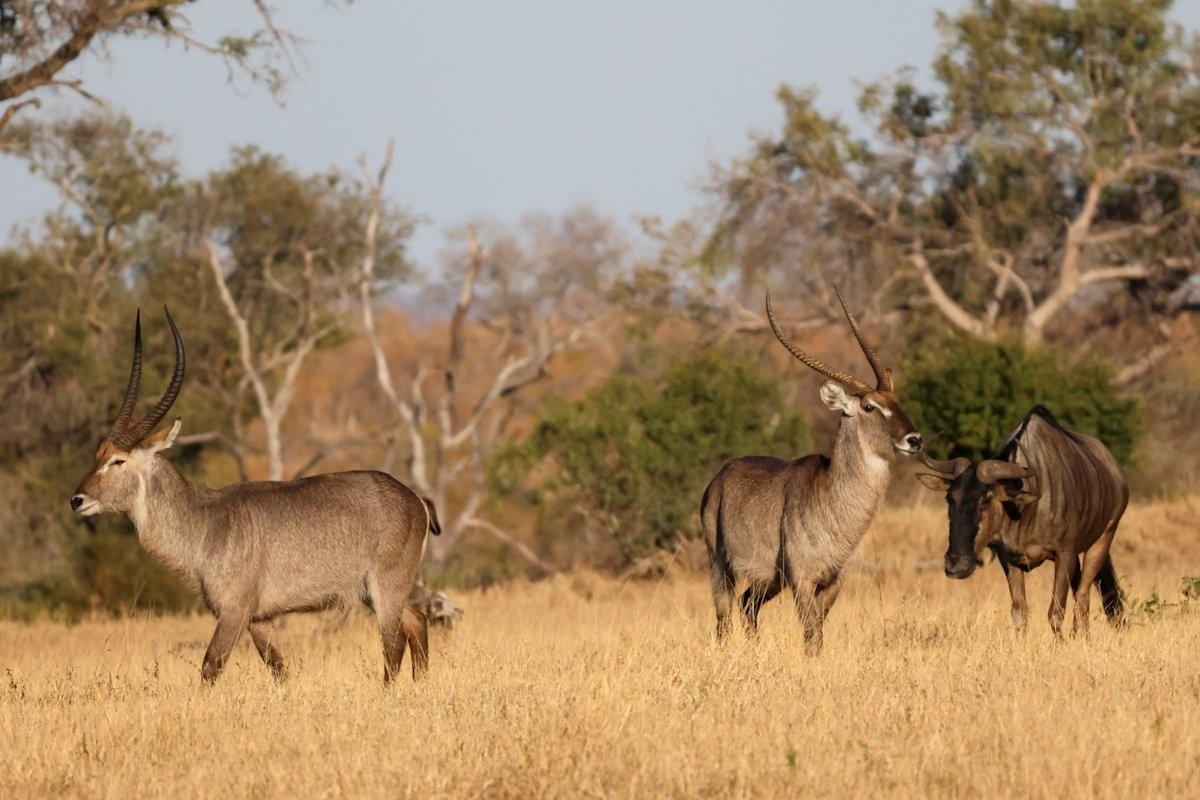
As the sun dips beneath the horizon, the vibrant blue of the winter sky fades into the starlit darkness of the cosmos. A nighttime spectacular of shooting stars, speeding satellites, twinkling stars, brought together in dense cloud of our Milky Way, a peak at the phenomenal galaxy we call home. The African night sky is a safari all on its own, the source of countless stories and endless curiosity.
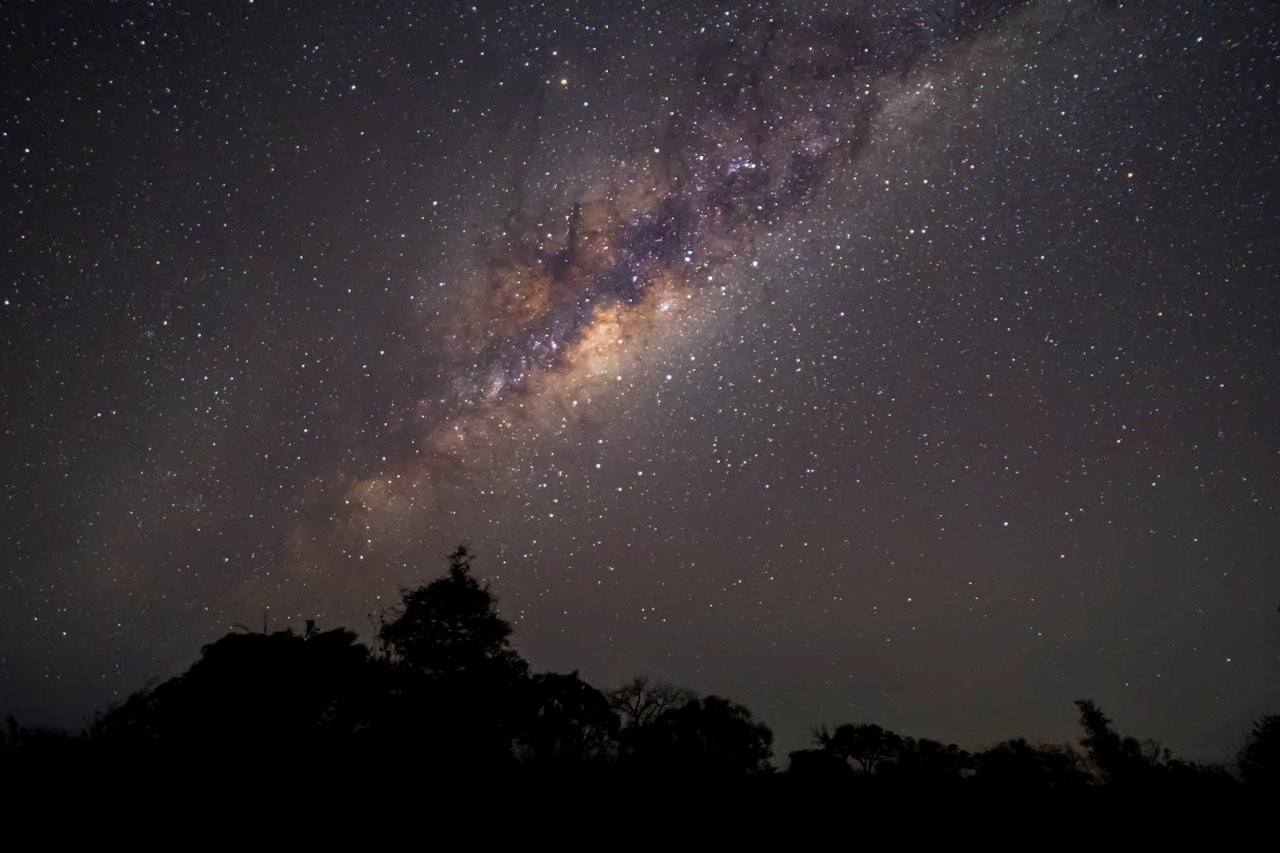
Just as the sun dipped below the horizon, the silhouettes of a pair of Lilac-breasted Rollers stood out against the golden sky. They were roosting for the evening and the sky paired with a lovely perch they were on made for some great photos.
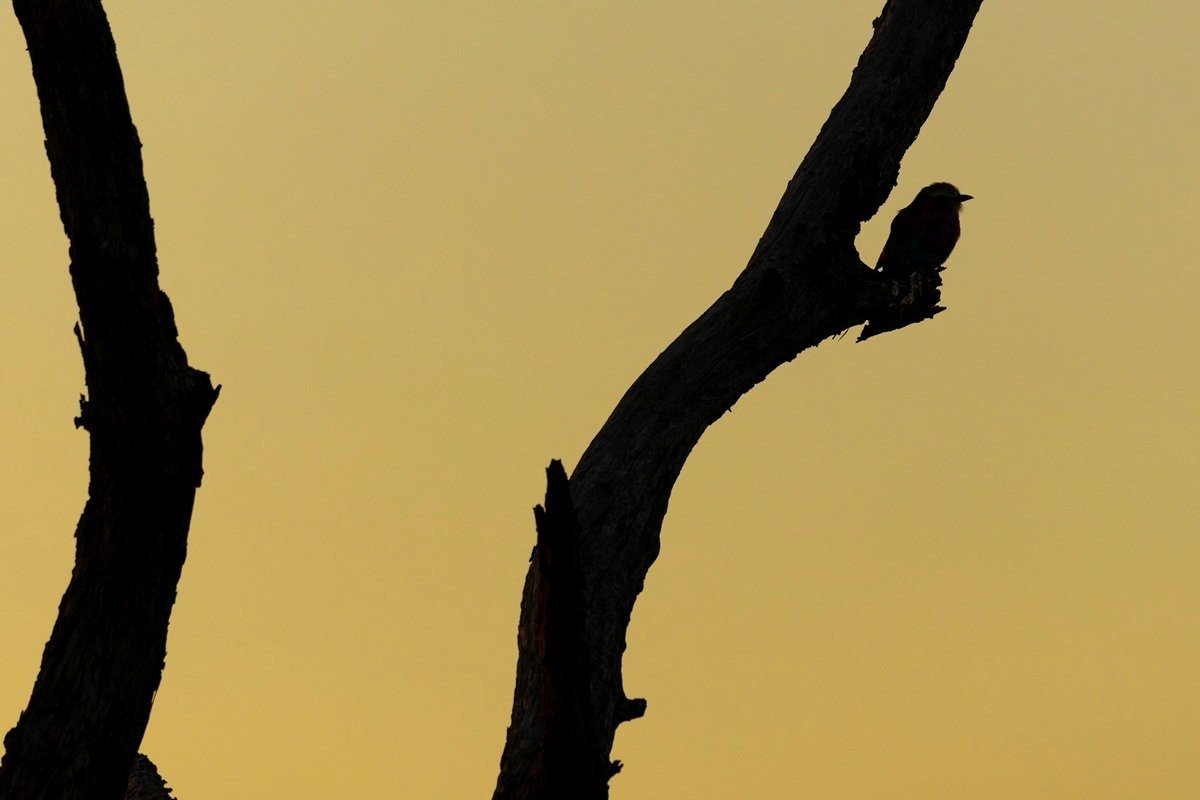
“They say an elephant never forgets. What they don’t tell you is, you never forget an elephant.” Bill Murray
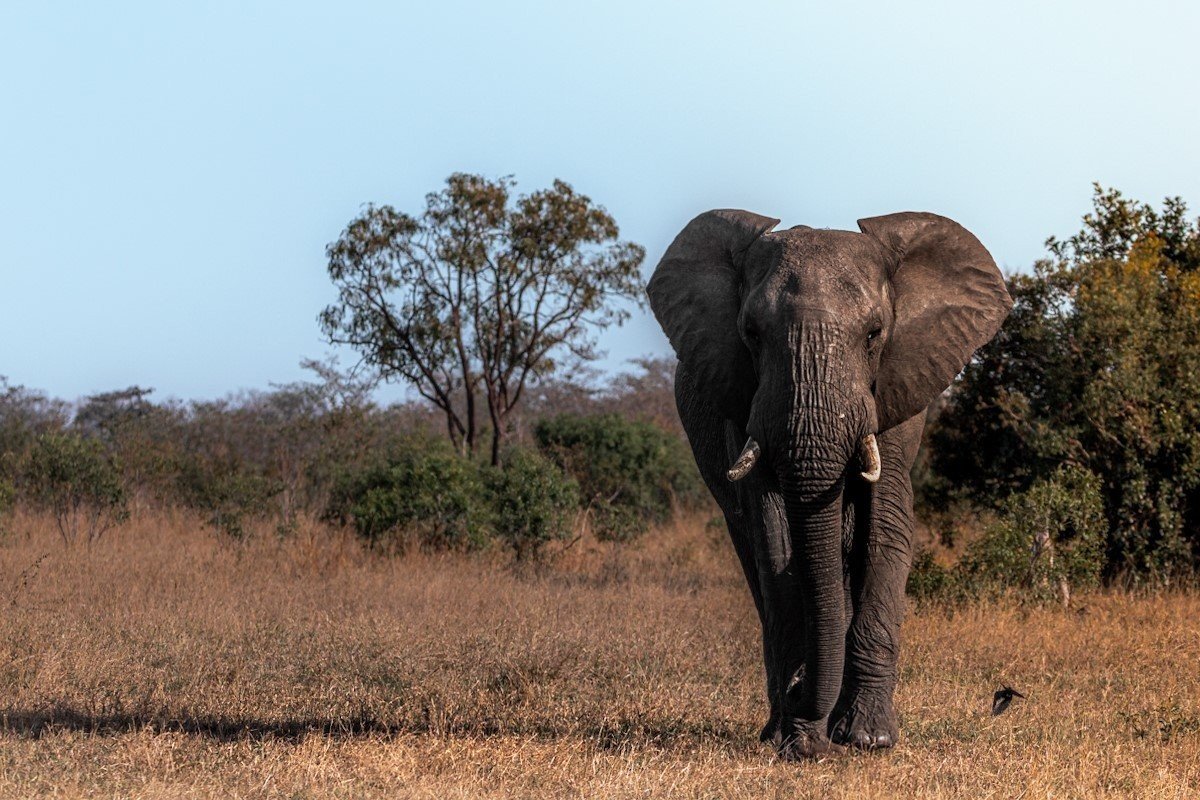
The closer we move to the riches of the Sabie River, the diversity of bird species skyrockets. On one such occasion, moving along the winding roads we heard the distressed sounds of a small group of Fork-tailed drongos. We came across them dive bombing a nearby tree, the reason for their distress became evident as nestled amongst the branches with incredible camouflage, a Pearl-spotted owlet quietly perched. Dive bombing is not uncommon amongst smaller birds when in the presence of predatory birds, and it wasn’t long until the relentless harassment saw the owlet fly off elsewhere.
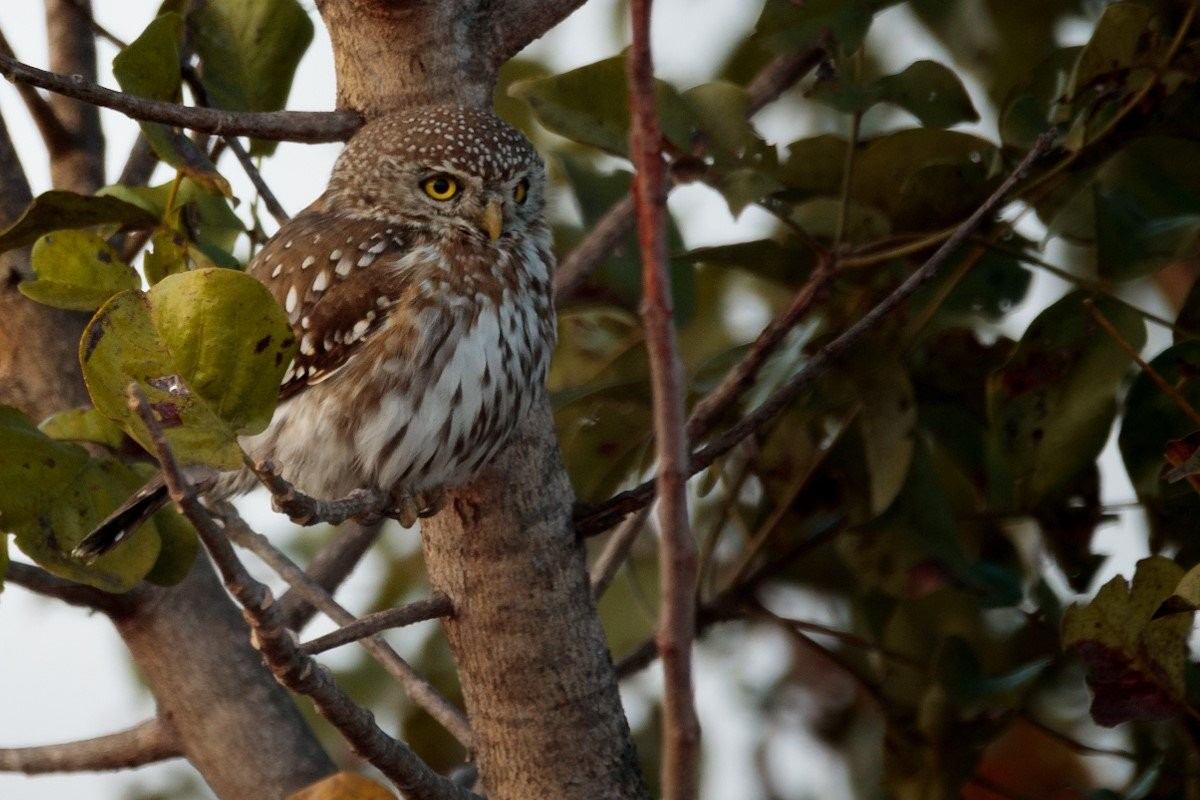
As we meandered back to the lodge after an action-packed afternoon safari, the bush still held a few surprises for us. To our delight, we encountered one of the more elusive nocturnal creatures - a beautiful Large-spotted Genet.
A member of the so-called 'Secret Seven', these feline-like animals are known for their shy nature and fleeting appearances. But luck was on our side. We enjoyed a fantastic sighting as this one perched confidently atop a dead tree stump, likely scanning the grass below for unsuspecting prey. It was a rare and magical moment to end an already thrilling day.
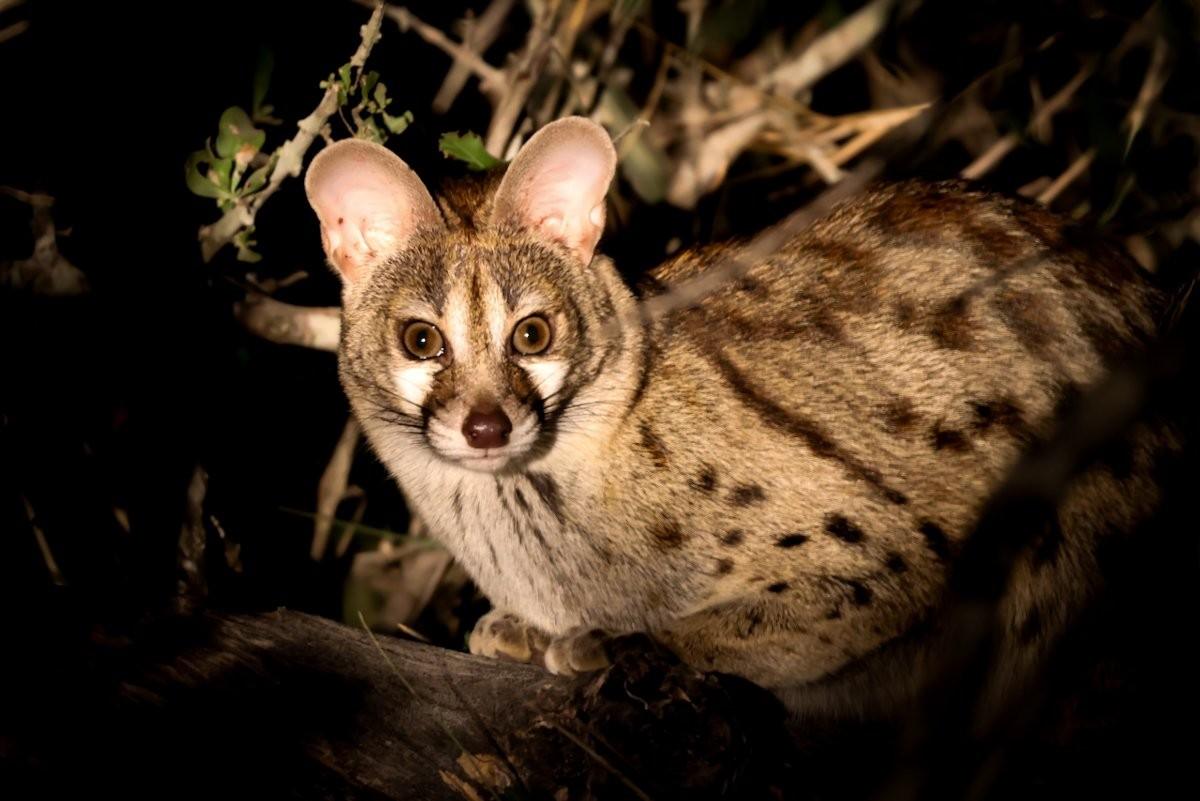
We found the Msuthlu pride well-fed, gathered around the remains of a wildebeest kill.While a few lions still jostled over scraps of meat, others lay sprawled nearby, bellies distended and heaving with contented breaths. Those who had clearly eaten their fill lounged in the shade, eyes half-closed as they digested. A few began grooming one another, licking blood from each other's coats with slow, deliberate care, all the while casting occasional, wary glances into the bush. Lurking in the distance, a group of Spotted hyenas waited patiently for the pride to vacate the carcass.
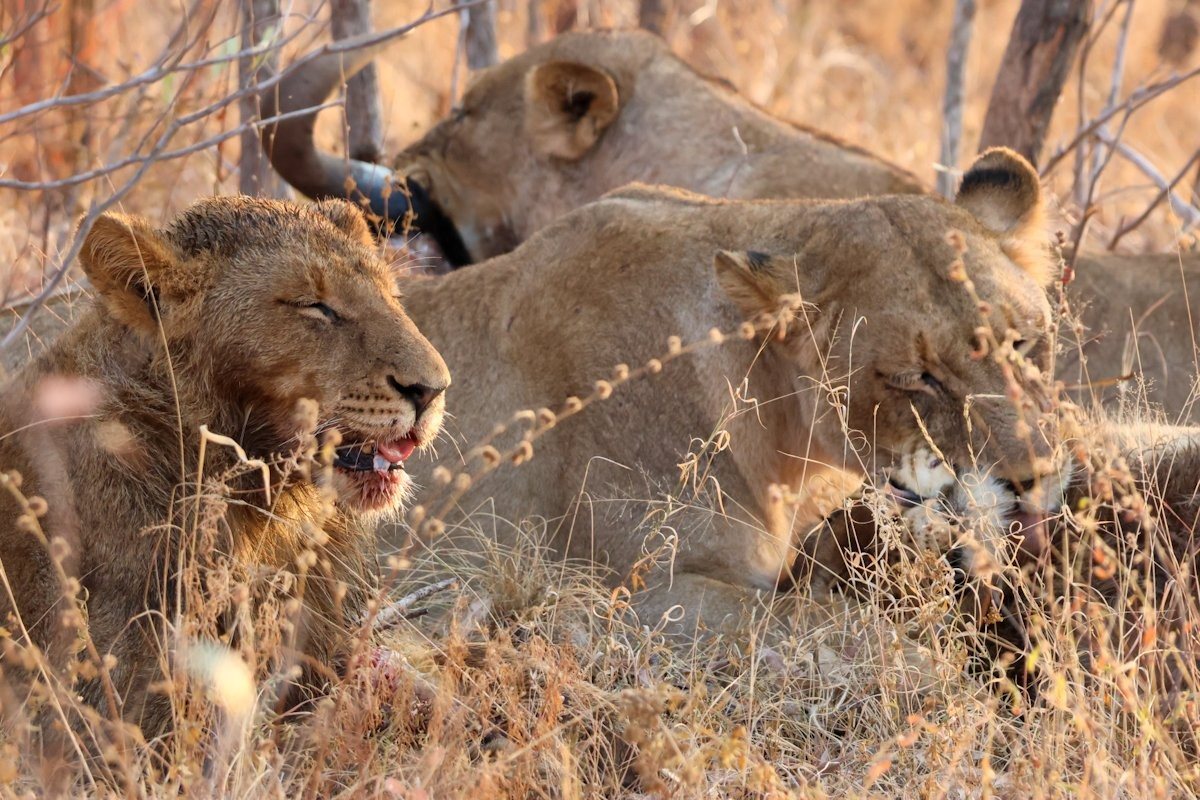
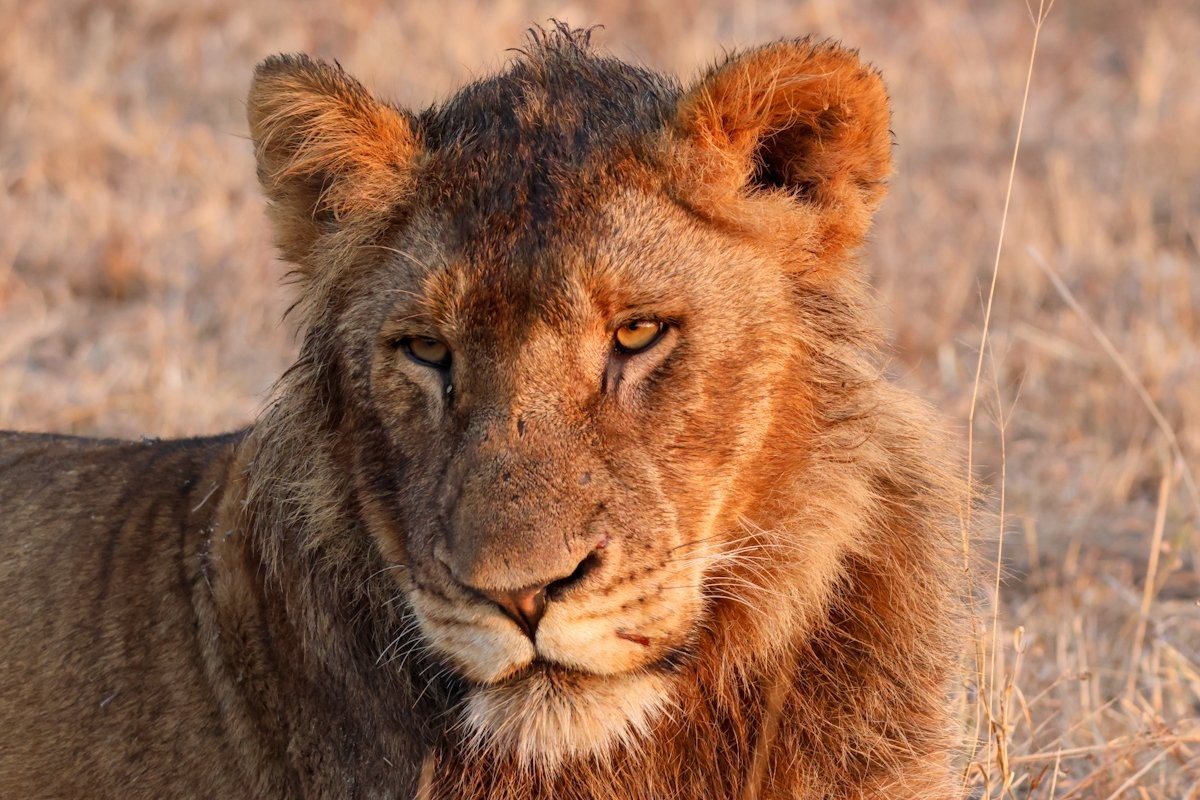
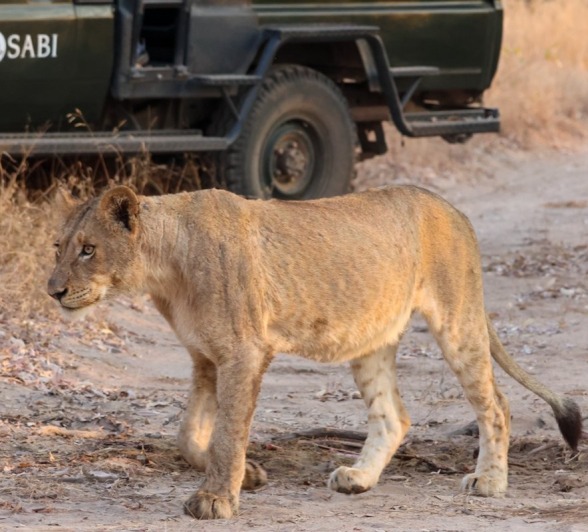
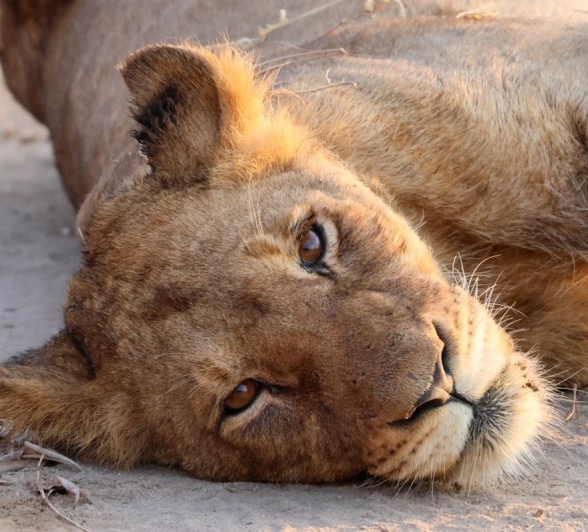
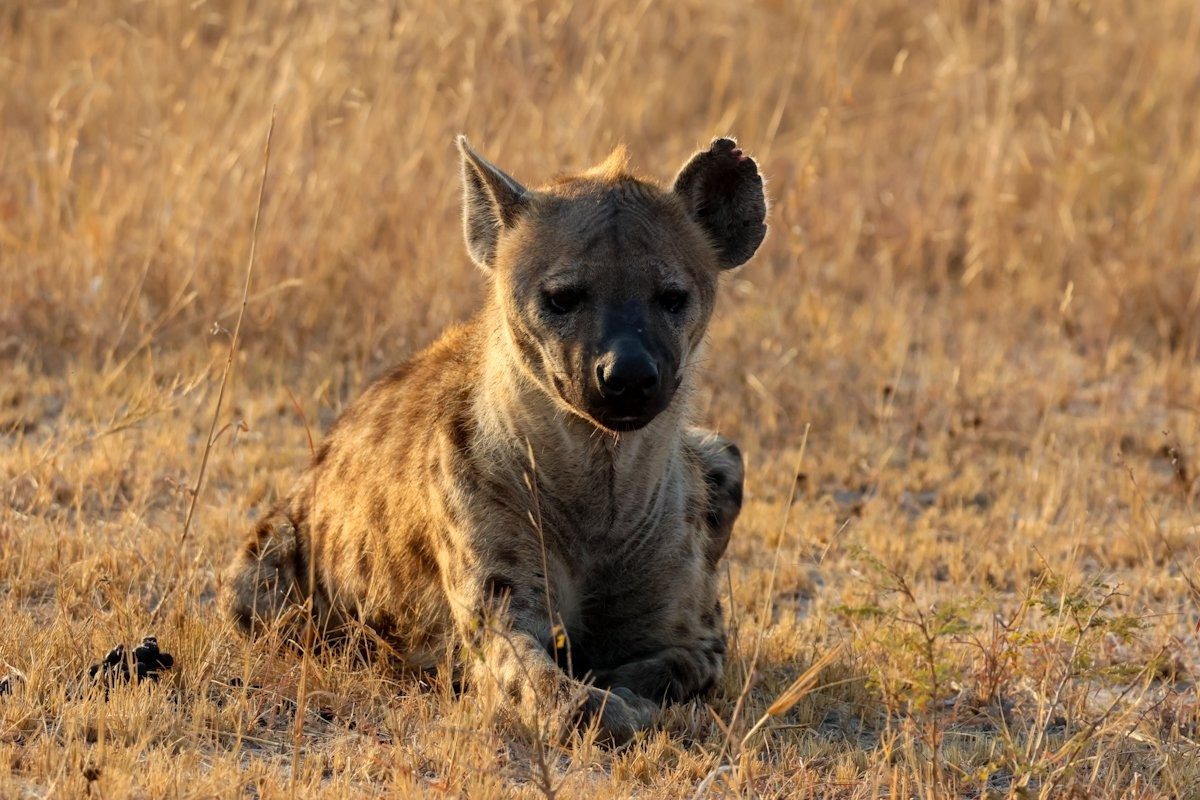
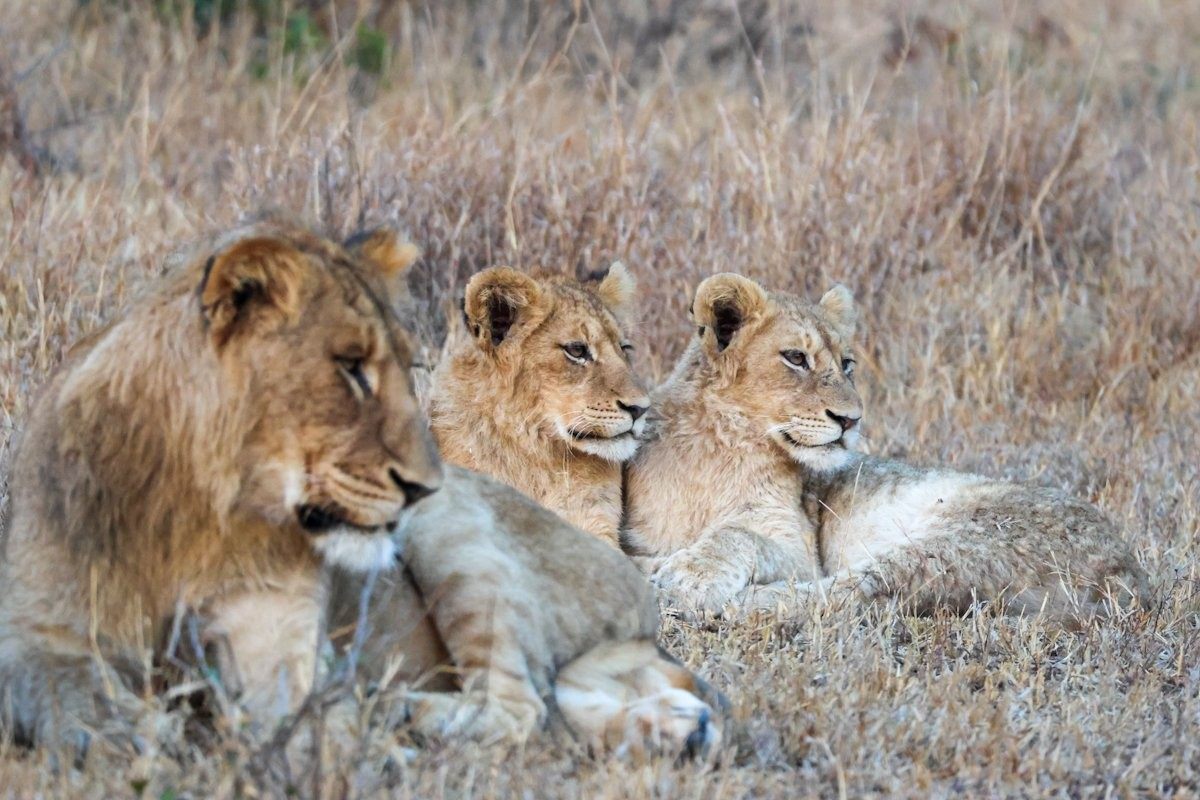
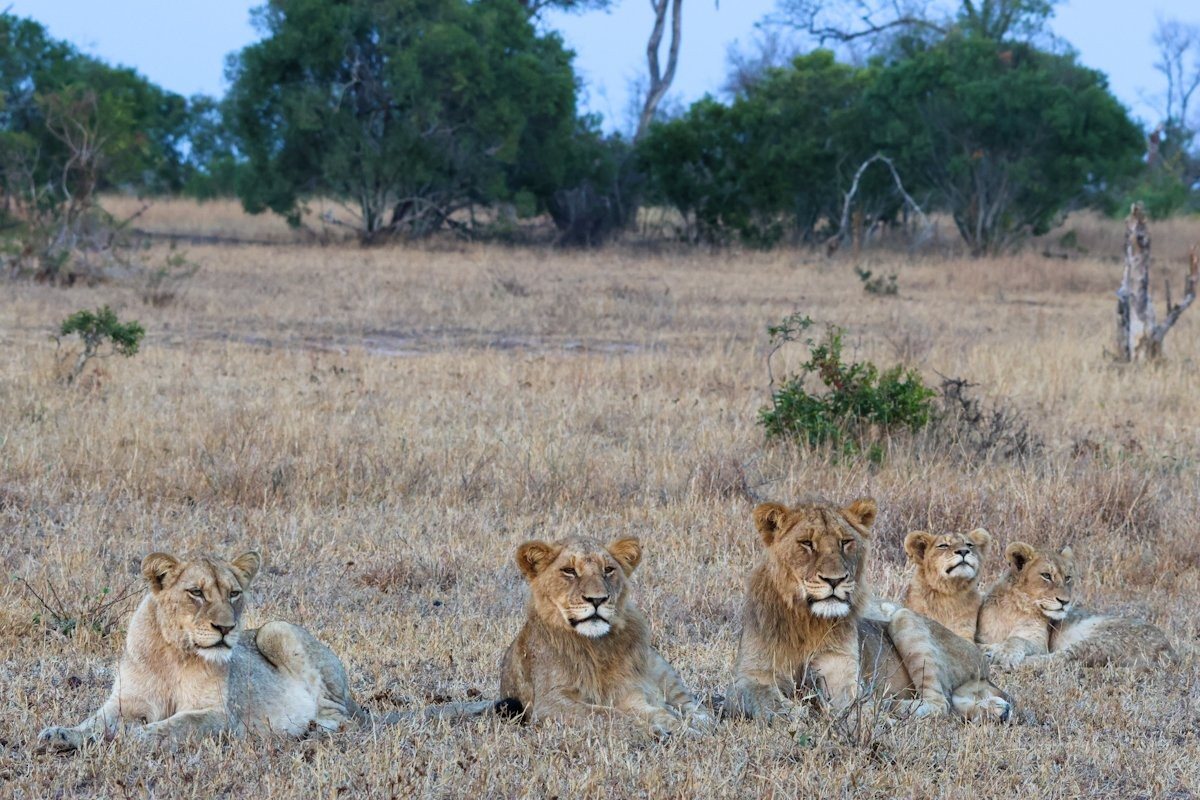
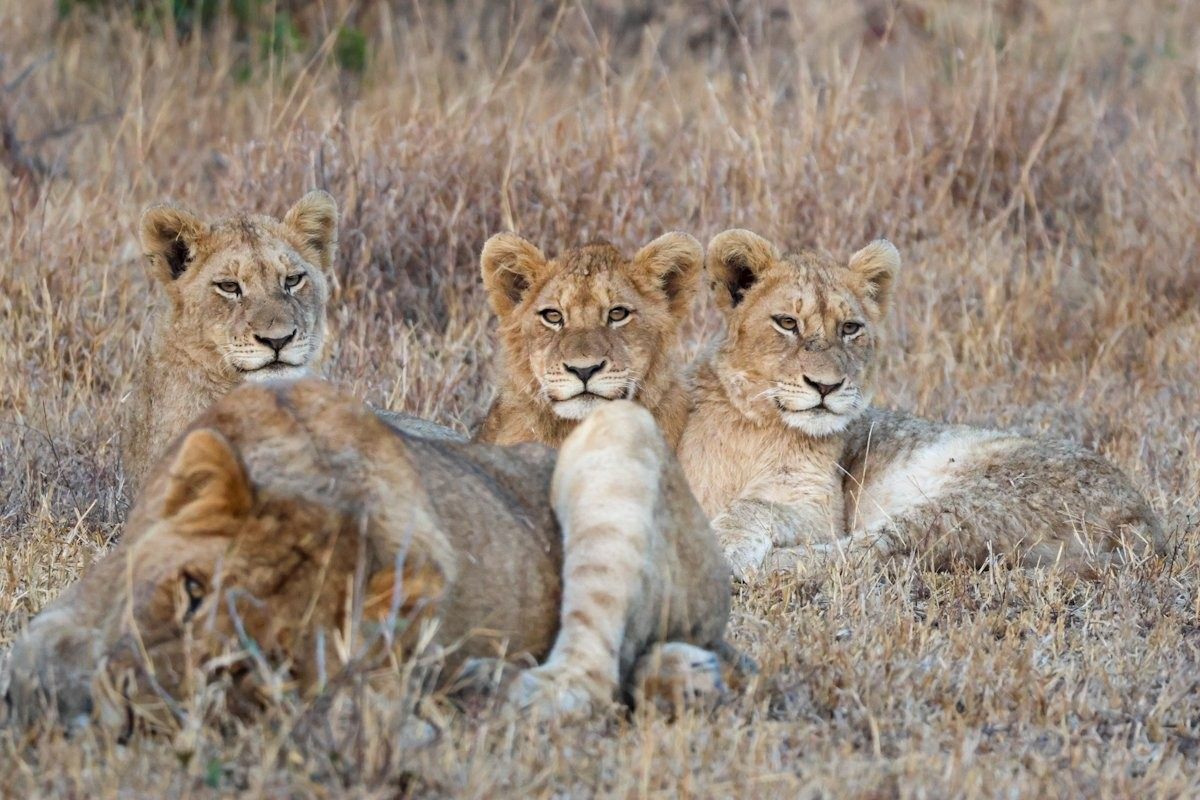
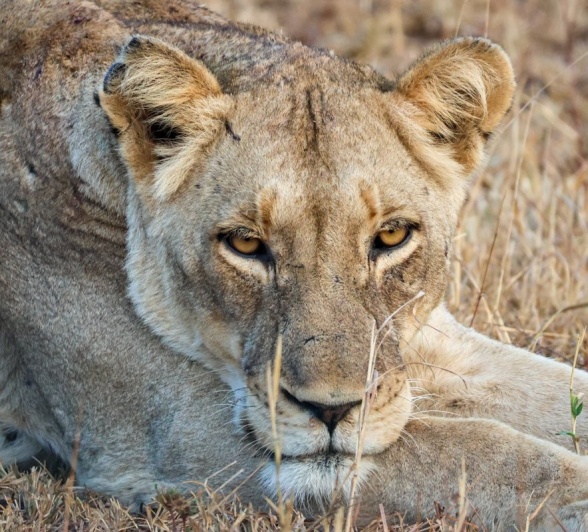
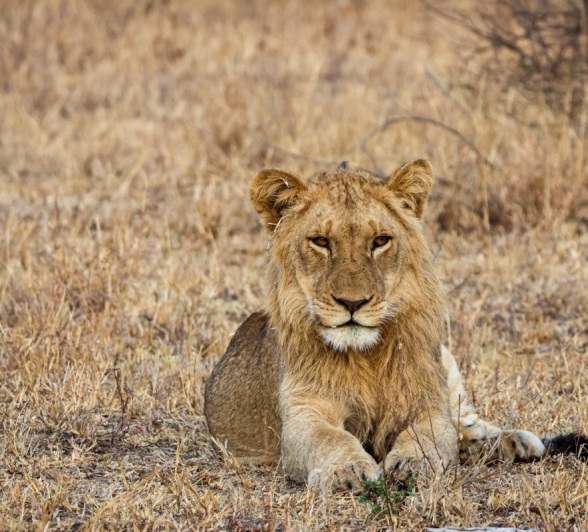
“Pseudomating,” or “mock-mating,” observed between pride or coalition males, is not a sexual act but rather a behavioural display of dominance and reinforcement of social hierarchy. When one male mounts another, it serves as a clear signal of authority, allowing the dominant male to assert his position within the group's social structure.
Although this behaviour may resemble mating, it functions solely as a visual cue to establish or affirm rank among males within the pride or coalition.
Sightings of Golonyi have been plentiful again this week.
Amongst the trees of a small Tamboti thicket, atop a termite mound the Golonyi female and her ever growing young cub lay next to what remained of their impala meal. Mother keeping one eye out for scavenging hyenas and the other on her playful youngster.
The handsome young male is growing with confidence and curiosity every day, proving more and more of a handful for the first time mother. The cub soon moved off into long grass to rest, the mother leopard took the opportunity to move the carcass up into a nearby tree for safe keeping before joining her cub to rest in the grass.
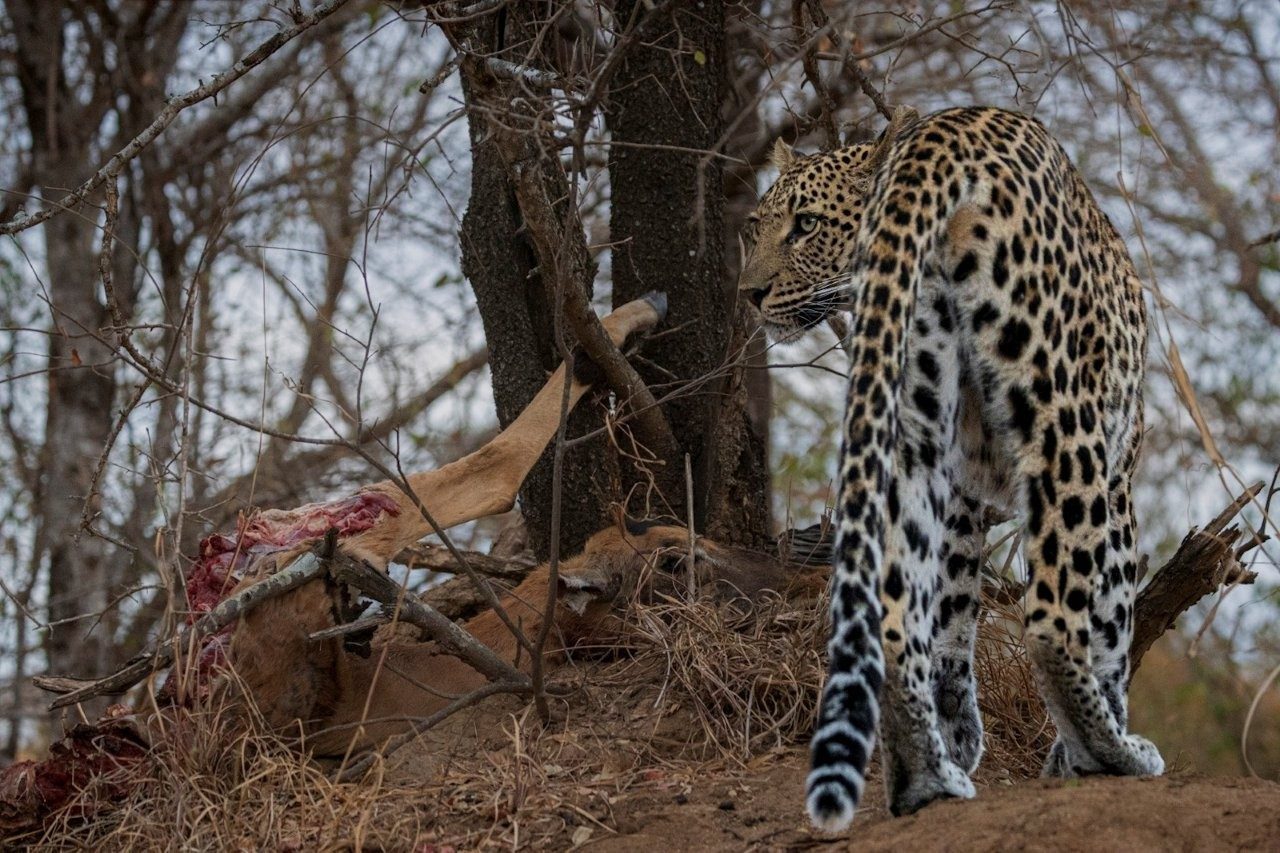
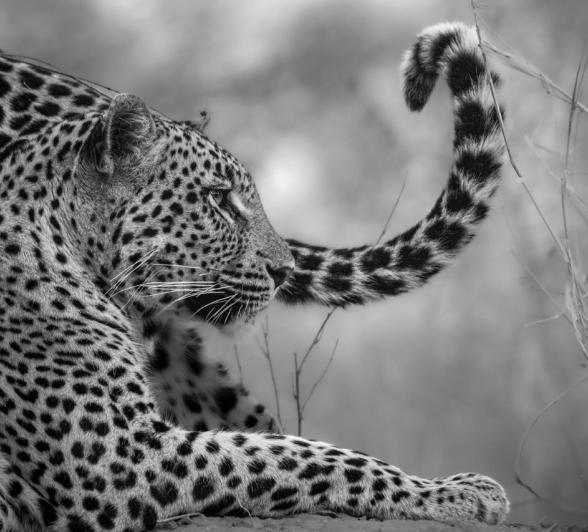
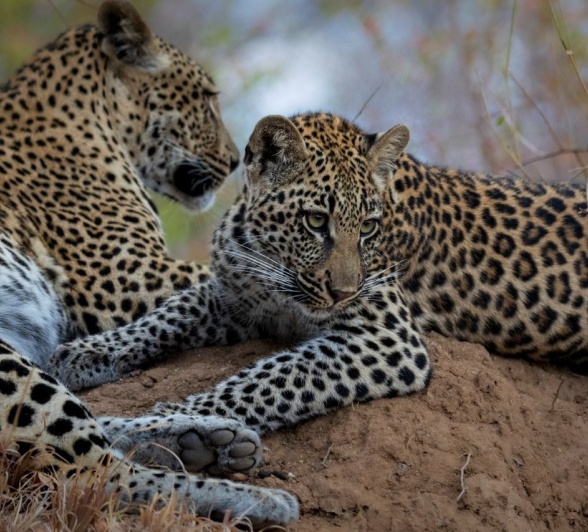
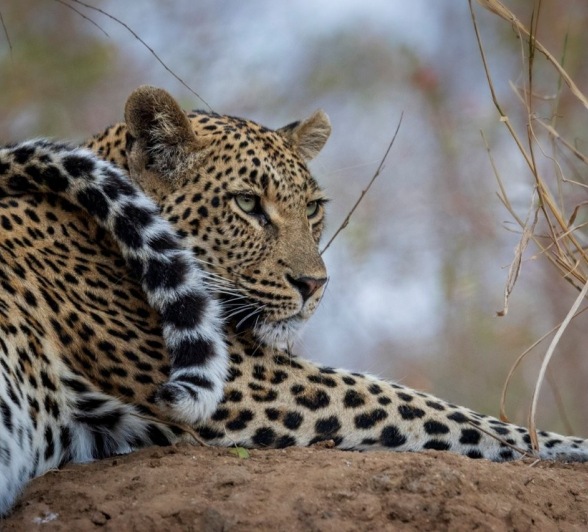
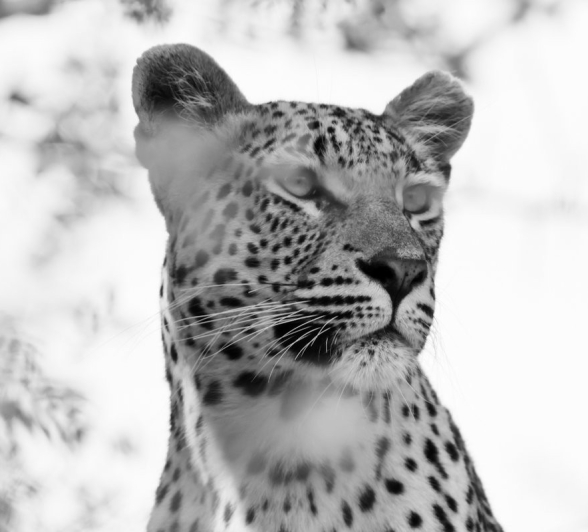
Golonyi was seen moving deliberately through the dense vegetation of the Msuthlu drainage line, her body low and focused - it was clear she was on the hunt. As the sun began to sink toward the horizon, she descended from her perch on a fallen tree and crept into a more open area, locking onto a duiker as her target. But just as she began her stealthy approach, the duiker’s partner burst through the grass, raising the alarm and spoiling her chance. Foiled, Golonyi sank into the grass to rest, eyes still sharp, scanning the landscape with unwavering determination for another opportunity.
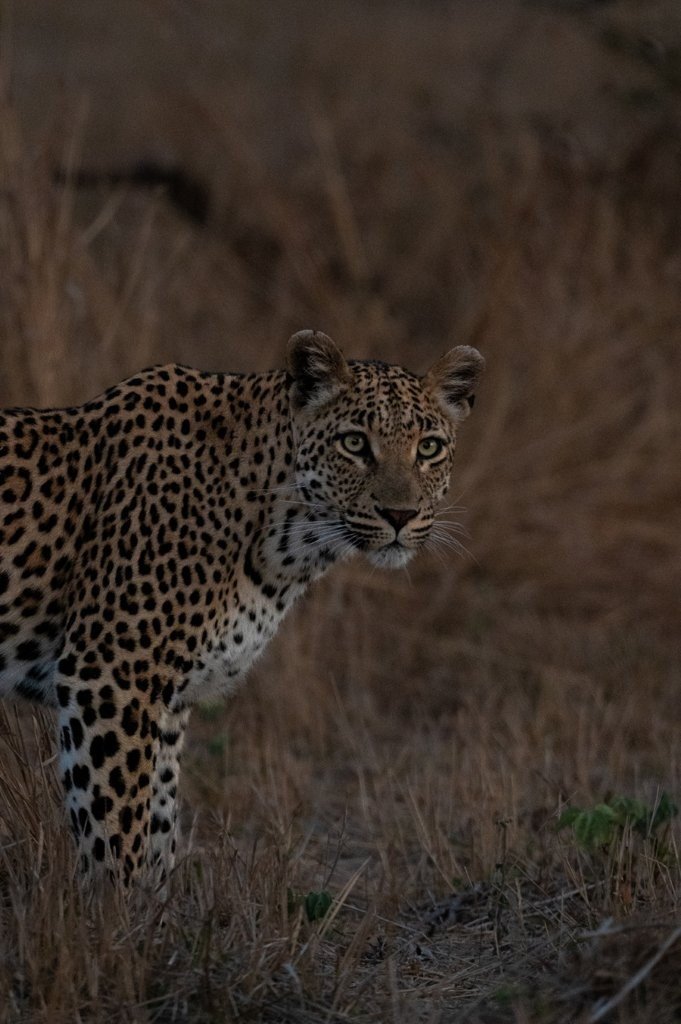
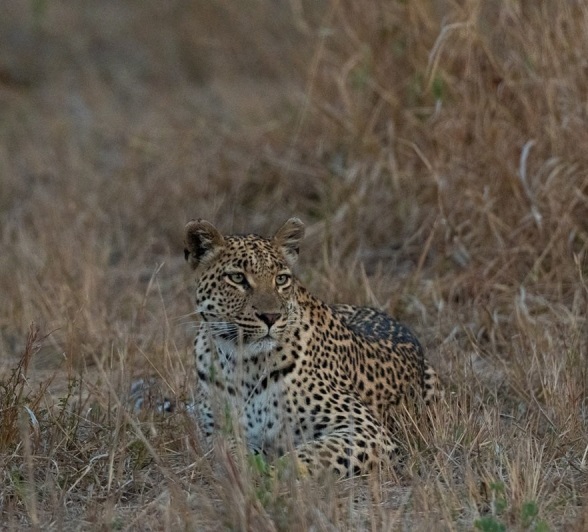
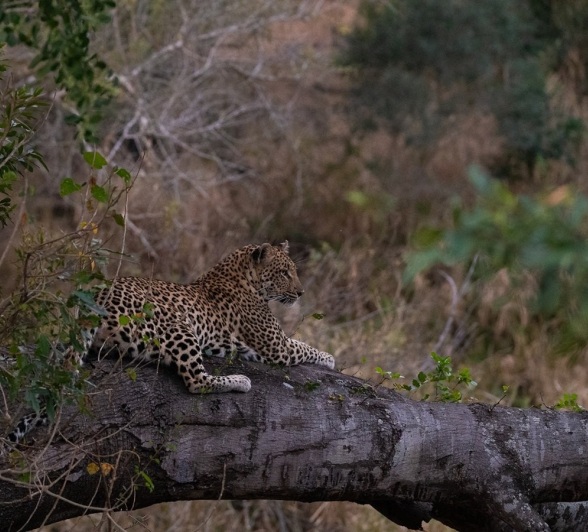
Having caught a glimpse of the Khulwana male leopard during our morning safari, we decided to follow up on him that afternoon. We headed into the area where he had last been seen resting, but the spot was now empty. With the afternoon sun climbing higher and temperatures steadily rising, it seemed likely he had moved off in search of shade.
We turned our attention to the nearby drainage line - a cooler, more secluded area - and were rewarded for our efforts. There he was, stretched out in the dappled shade, a picture of regal calm.
We watched as he yawned, revealing his formidable teeth, before he was eventually driven to his feet by the persistent irritation of buzzing flies. Scars marked his face and neck - unmistakable signs of past battles and the price of dominance in his fiercely contested territory.
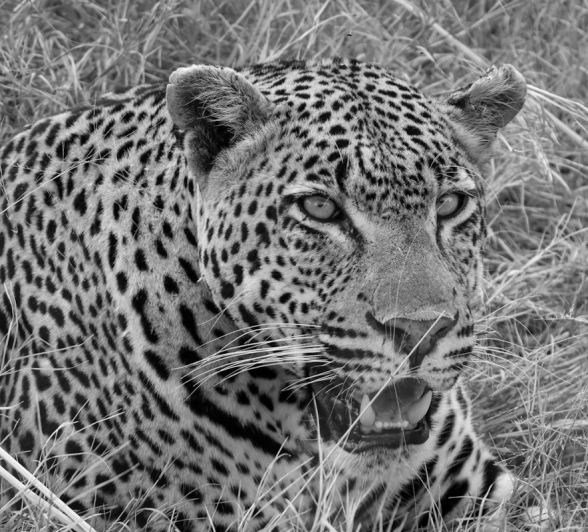
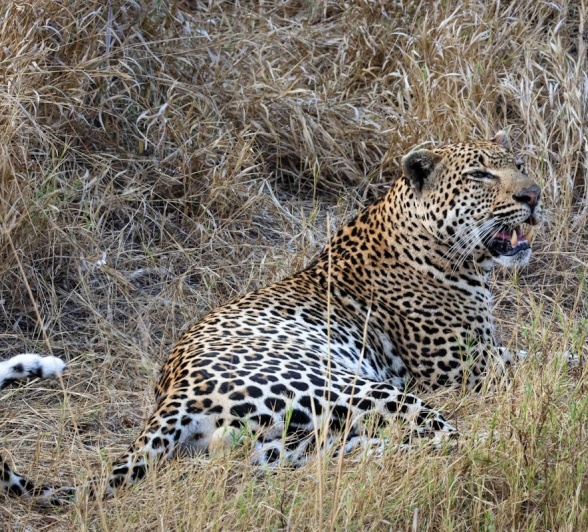
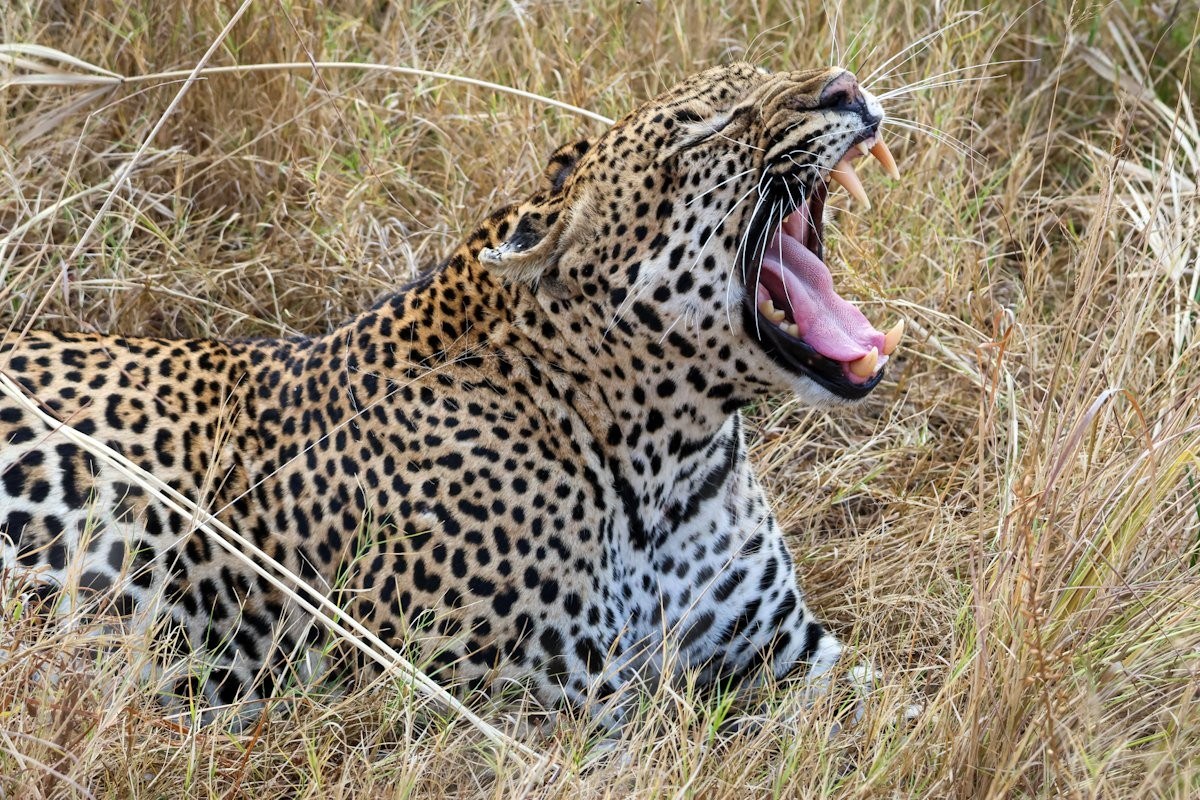
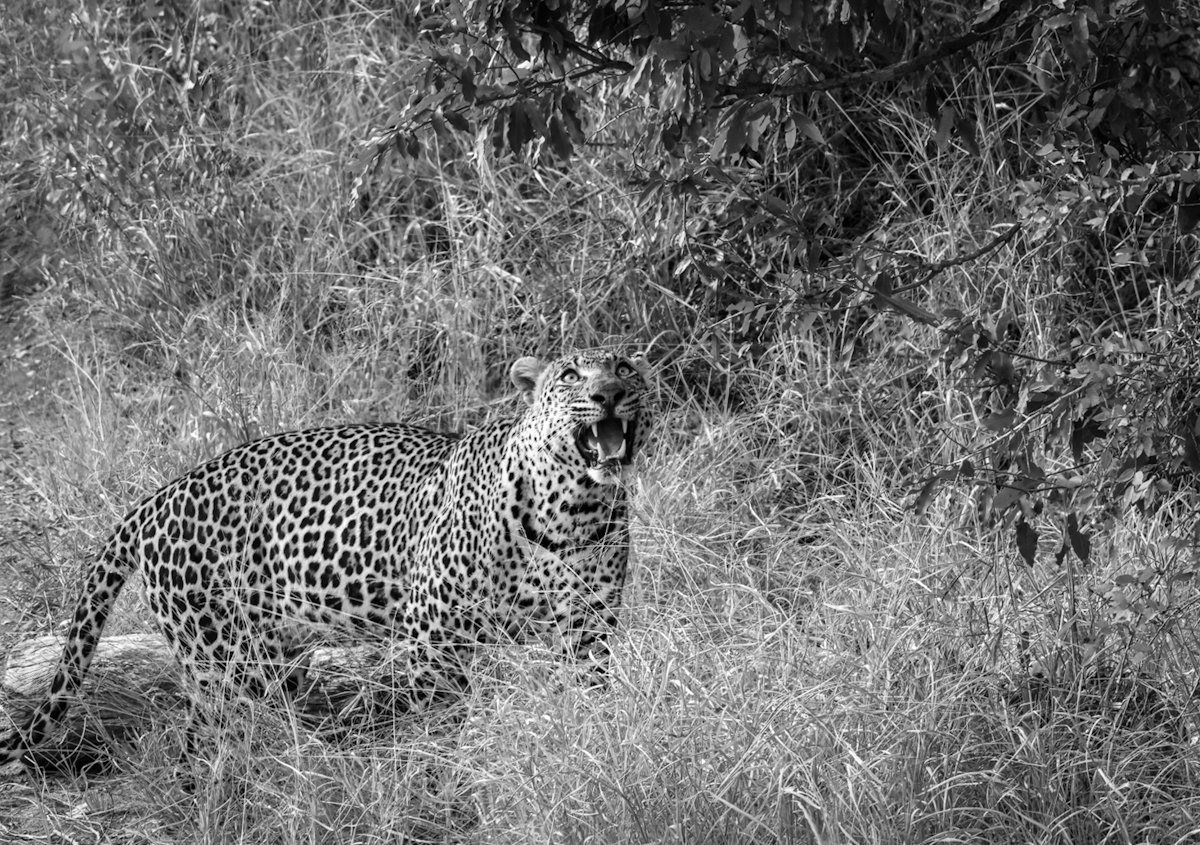
Until next time…
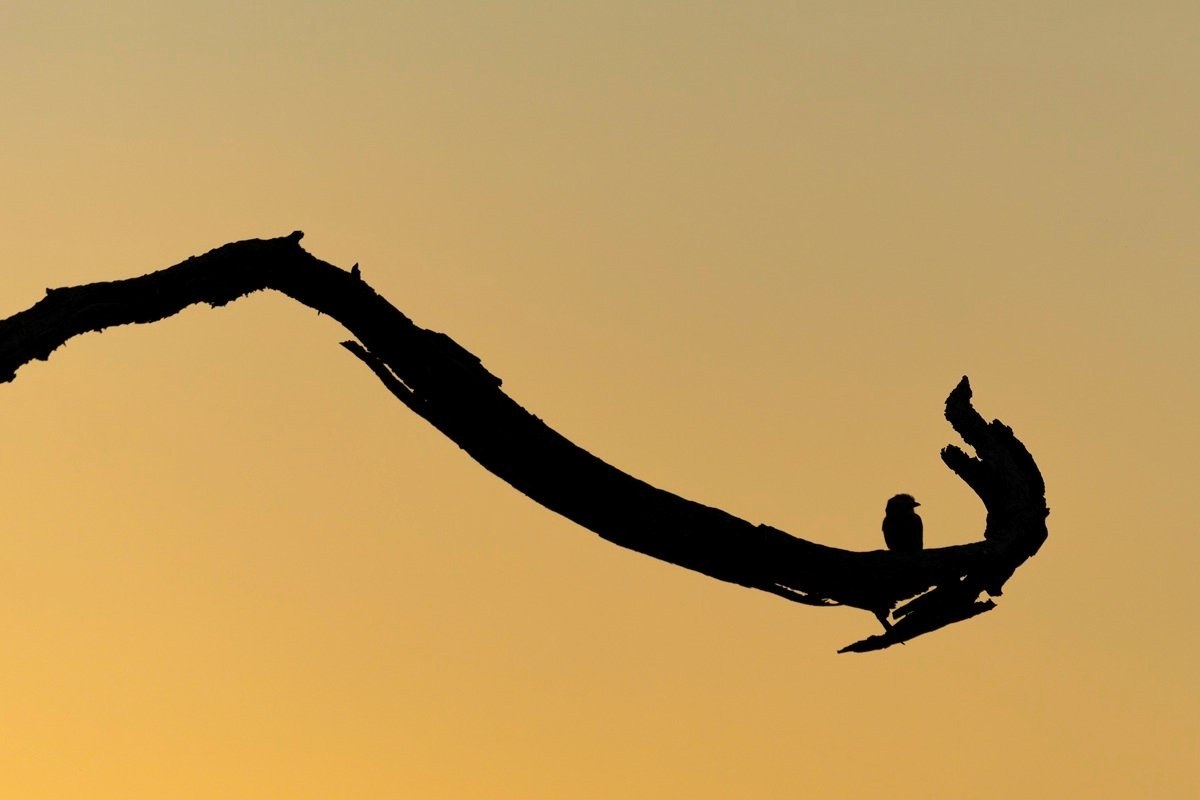
Blog by Wendy Claase
Images by Benjamin Loon, Devon Jansen, Jan Nel and Viviane Ladner
Videos by Jan Nel and Surprice Shabangu







